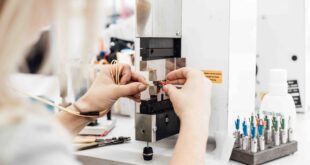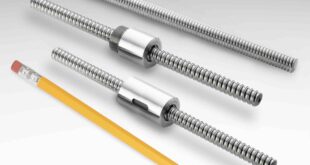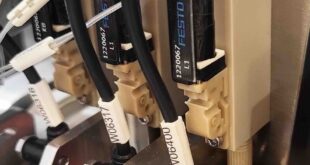Museums are filled with priceless artefacts that have cultural, religious and historical importance. Preserved and presented to the public with the intention of educating humankind about the evolution of our world as we know it today, additive manufacturing (AM) technology could allow us to get even closer to these treasured collections. Ben Smye explains
Displays of historical treasures from different periods of time provide us with an even deeper understanding.
While displaying these invaluable items may be a wonderful opportunity to cultivate knowledge, there have been numerous examples of ancient artefacts being destroyed or damaged.
For example, the funeral mask of Tutankhamen, which was discovered in 1922, was recently damaged by a worker of the museum it was displayed at.
Curators of the exhibition glued the broken beard back onto the mask, resulting in further – and more noticeable – damage.
Of course, it is not only human error that results in damaged artefacts. In fact, many items and even monuments are also lost as a result of natural disasters or accidents, such as the fire that occurred at the National Museum of Brazil in 2018. The incident resulted in the museum losing 90 per cent of its pieces.
Additive manufacturing
You may wonder why, with today’s advanced technological capabilities, we cannot recreate these artefacts.
With additive manufacturing techniques rapidly advancing, 3D capture technology has made it possible for design engineers to create and archive some of the world’s most iconic treasures.
AM can be defined as the process by which simple or complex 3D objects are rendered from materials using a computer-generated design.
The newest wave of 3D printing makes it possible to reconstruct ancient artefacts from photographs and even video footage of the item.
The technology works by processing photos, aligning them in a similar way to how our eyes look at an object, so that it can detect depth and identify the main points of the object.
From this, the technology can create a 3D model or mesh of the item, which matches the texture of the original piece.
Material choices
To create a truly realistic and long-lasting representation of an artefact, it needs to be recreated with materials that can effectively withstand the test of time.
3D printing can now be applied to a wide variety of materials including polymers, composites, ceramics and metals.
Traditionally, the type of polymers that could be used in AM was limited to acrylonitrile butadiene styrene (ABS) and nylon.
At Matmatch, we have seen this widen to poly-methyl methacrylate (PMMA), thermoplastic elastomers and wood filaments, which combine a PLA base material with cork, wood dust and other derivatives.
The use of metals in 3D printing has also increased as a result of lightweight structural metals, such as titanium and aluminium, being viable options for AM.
Metals like this can be directly printed using various techniques like powder sintering or melting, making them popular among engineers.
When sourcing materials for this type of AM, many engineers may find they need a composition that can be adjusted to have different mechanical properties.
Matmatch makes it possible for developers and engineers to refine their search and choose other appropriate materials. For 3D printing, copper and nickel filaments are other alternative materials that can be used.
The future
There are already several projects commissioned to restore lost artefacts and, as the scope for materials widen even further, we expect that in the future most museums will be filled with exquisite replicas of historical treasures instead of the real objects.
The applications that use additive manufacturing are considerably diverse allowing developers and engineers to recreate a wide range of intricate and heavily detailed structures or models like those displayed in museums.
AM not only widens the amount of knowledge we are able to capture in each museum, but it can also protect timeless pieces like Tutankhamen’s mask from irreversible harm.
Ben Smye is head of growth at materials search engine Matmatch.
 Engineer News Network The ultimate online news and information resource for today’s engineer
Engineer News Network The ultimate online news and information resource for today’s engineer





